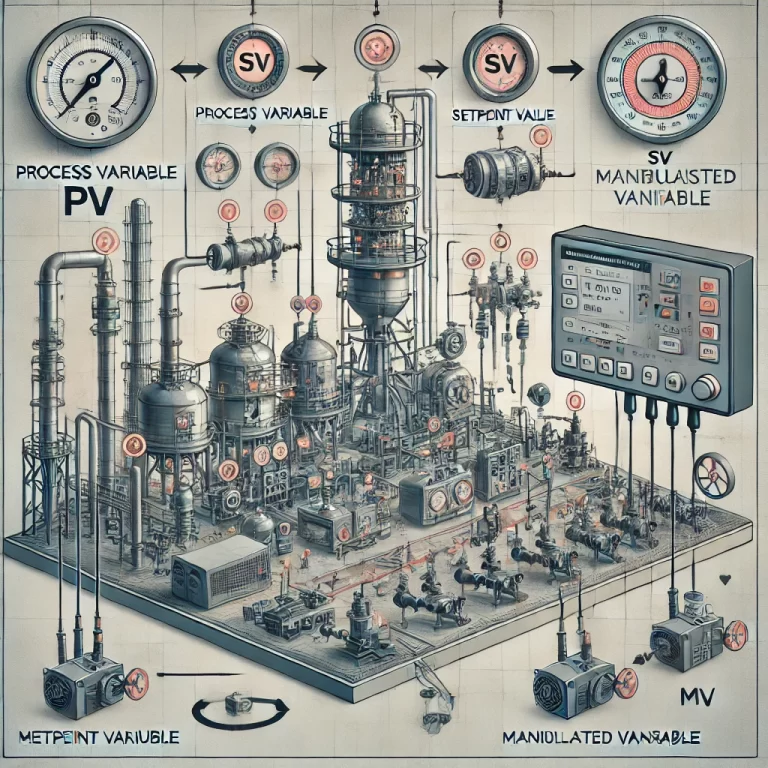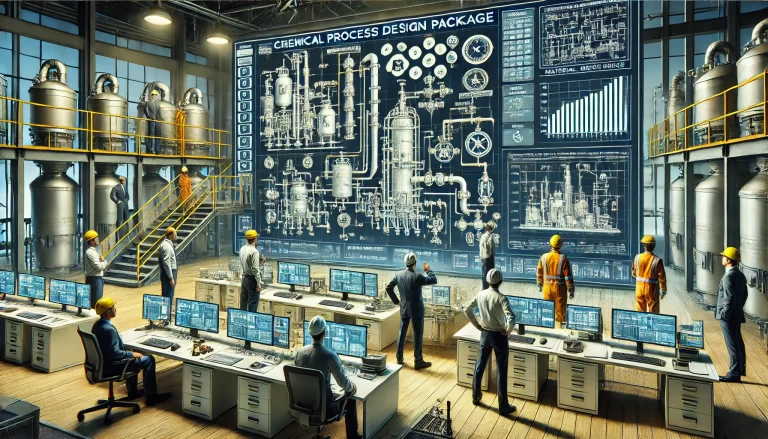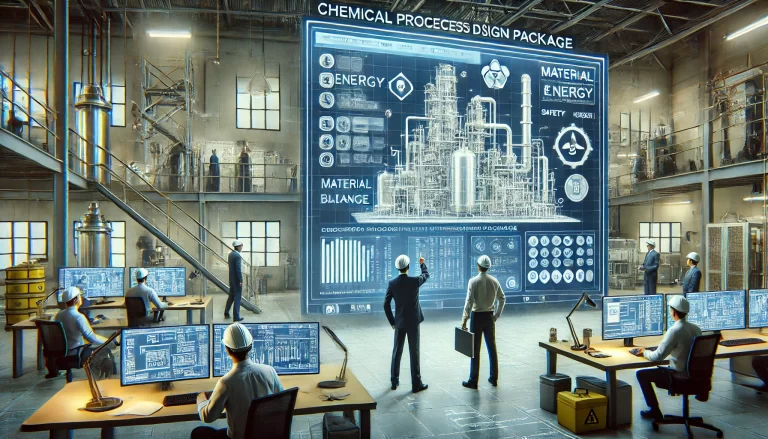Chemical safety is a critical aspect of any industrial operation, particularly in sectors where hazardous substances are present. Here are 40 essential safety tips that will help prevent accidents, injuries, and ensure the well-being of employees in chemical industries.

Key Terms in Chemical Safety
Hazard Source: A hazard source refers to any element that could cause injury, illness, property damage, or environmental destruction. It can include substances, equipment, or environmental conditions that pose a risk.
Major Hazard Source: A major hazard source is defined as any unit that produces, uses, stores, or handles dangerous chemicals in quantities that exceed a critical limit. These sources are classified into production units and storage units.
Types of Respirators: Respirators are essential for protecting workers from inhaling harmful substances. There are three main types:
- Dust Respirators
- Gas Respirators
- Oxygen Supply Respirators
Four Basic Characteristics of an Accident:
- Causality: The direct link between actions and consequences.
- Randomness: Accidents often occur without warning.
- Latency: Accidents may have hidden or delayed consequences.
- Preventability: Most accidents can be avoided with proper precautions.
The “Three Violations” Principle: This principle refers to:
- Violation of Orders: Ignoring official instructions.
- Violation of Operating Procedures: Failing to follow safety guidelines during operations.
- Violation of Labor Discipline: Disregarding workplace rules and regulations.
The “Four No Harm” Rule:
- Do not harm yourself.
- Do not harm others.
- Do not allow others to harm you.
- Protect others from harm.
“Three Essentials for Working at Heights”: The necessary equipment for safe high-altitude work includes:
- Safety helmet
- Safety harness
- Safety net
Direct Fire Sources Leading to Fires:
- Open flames
- Electric sparks
- Lightning strikes
Types of Explosions: Explosions can be classified into three categories:
- Physical Explosion
- Chemical Explosion
- Nuclear Explosion
What Are Special Operations? Special operations refer to tasks that present significant hazards to the worker, surrounding personnel, or equipment.

Safety Regulations and Prohibited Practices
- Fourteen Prohibited Actions in the Production Area: These regulations are designed to minimize risks and ensure safety:
- Smoking is prohibited within the production area.
- Minors are not allowed in the production area.
- Sleeping, personal tasks, or any non-production activities are forbidden during working hours.
- No alcohol consumption before or during work.
- Do not use flammable liquids such as gasoline to clean equipment.
- Workers must wear prescribed protective gear to enter the production area.
- Do not use equipment that lacks safety devices.
- Unauthorized personnel should not handle tools or equipment.
- Never begin maintenance without proper safety measures.
- Equipment must be thoroughly inspected before being restarted after maintenance.
- Work at heights requires proper certification and safety equipment.
- Specific safety measures must be followed when working on asbestos tiles.
- Only qualified workers should use electrical tools.
- Special work permits are required for certain tasks.
- Eight Must-Do’s When Entering Containers or Equipment: Safety procedures for accessing confined spaces are critical:
- Obtain approval and safety certification.
- Isolate the equipment from any hazardous energy sources.
- Ensure proper ventilation and use of safe lighting.
- Conduct a safety analysis and implement required measures.
- Wear the appropriate protective gear.
- Ensure there is external monitoring and supervision.
- Have emergency rescue equipment available.
- Six Prohibited Actions for Hot Work: Hot work (such as welding or cutting) presents a fire hazard. These restrictions apply:
- Only perform hot work with an approved permit.
- Ensure the work area is isolated from the production system.
- Perform a proper cleaning and purging process before starting.
- Remove any combustible materials from the work area.
- Perform a hot work analysis at the designated time.
- Ensure there are adequate firefighting tools and equipment available.

Emergency Procedures and Safety Equipment
Chemical Exposure First Aid: In case of exposure, especially to toxic chemicals, first aid measures must be taken immediately. For eye exposure, rinse with large amounts of water and seek medical attention if necessary.
Safe Voltage for Equipment Inspection: When inspecting electrical equipment, use a maximum of 12 volts to ensure safety.
Correct Use of Safety Belts: Safety belts should always be used with proper attachment points. They must be worn securely to prevent falls.
Fire Safety for Electrical Equipment: In the case of an electrical fire, the power supply should be immediately disconnected, and dry chemical extinguishers or CO2 fire extinguishers should be used.
Handling Hazardous Chemical Leaks: If a hazardous chemical leaks, immediate actions should be taken:
- Cut off the fire and electrical power.
- Evacuate and secure the leak area.
- Identify and stop the source of the leak.
- Administer first aid to those exposed.
- Collect small spills in clean, dry containers; large spills should be contained and disposed of safely.
- Fire Safety Equipment:
- Ensure that all fire extinguishers are easily accessible and fully charged.
- Perform regular fire drills to ensure all workers are familiar with evacuation procedures.
- Safe Storage of Chemicals:
- Store chemicals in clearly labeled containers that are appropriate for the substance.
- Always store flammable materials away from heat sources.
- Ventilation and Air Quality:
- Ensure that all chemical storage areas are properly ventilated to prevent the buildup of harmful gases.
- Use air monitoring systems to check for toxic fumes and gases in real-time.
- Safety Precautions When Using Machinery:
- Ensure that machinery and equipment are regularly inspected for wear and tear.
- Implement lockout/tagout procedures to safely shut down equipment during maintenance.
- Personal Hygiene and Decontamination:
- Workers should wash their hands and face thoroughly after handling chemicals.
- Ensure emergency showers and eyewash stations are easily accessible and regularly tested.
- Training and Awareness:
- Provide regular safety training to all employees on how to handle hazardous materials.
- Ensure that workers are familiar with Material Safety Data Sheets (MSDS) for each chemical they work with.

Safety Awareness and Behavioral Guidelines
- The Five Keys to Safety Management in Teams: Effective team safety management can be achieved through:
- Promoting awareness: Keep safety front and center.
- Learning: Continuously educate all workers on safety procedures.
- Management: Establish clear safety protocols and enforce them.
- Prevention: Focus on preventing accidents before they happen.
- Strictness: Ensure all safety rules are followed rigorously.
- Preventing Chemical Poisoning:
- Regularly maintain equipment to avoid leaks.
- Use less toxic substances where possible.
- Ensure proper ventilation to prevent exposure to harmful gases.
- Use protective equipment like respirators and gloves.
- Report and correct any equipment malfunction or leaks immediately.
- The “Three Major Hazards” in Chemical Plants:
- Fire hazard
- Explosion hazard
- Toxic hazard
- Chemical Safety in Transportation:
- Ensure hazardous chemicals are properly labeled during transportation.
- Use secure and compliant containers to avoid leaks or spills during transport.
- Safety Measures for High-Temperature Environments:
- Provide workers with appropriate heat-resistant clothing.
- Ensure regular monitoring of temperature in high-heat work areas.
- Preventing Cross-Contamination:
- Implement strict protocols for cleaning and decontaminating equipment and workspaces.
- Ensure workers use protective gear to avoid contact with hazardous substances.
- Warning Signs and Labels:
- Always use clear and accurate labeling for chemicals and hazardous materials.
- Ensure warning signs are placed in visible areas to alert workers to potential dangers.
- Disposal of Hazardous Waste:
- Follow legal and environmental guidelines for disposing of hazardous chemicals.
- Ensure waste disposal areas are clearly marked and properly secured.
- Ensuring Safety During Maintenance Work:
- Only qualified personnel should perform maintenance on dangerous equipment.
- Ensure that proper safety measures are in place before starting maintenance tasks.
- Personal Protective Equipment (PPE):
- Ensure that all workers wear the required PPE, such as gloves, goggles, and respirators.
- PPE must be regularly inspected for wear and tear and replaced when necessary.
- Reporting Unsafe Conditions:
- Workers should immediately report any unsafe conditions or behaviors.
- Establish a system for quick response to address safety concerns.
- Correct Handling of Compressed Gases:
- Ensure that gas cylinders are properly secured and stored.
- Regularly check cylinders for signs of damage or leaks.
- Managing High-Risk Chemical Reactions:
- Always monitor reactions carefully and maintain proper ventilation.
- Have emergency procedures in place in case of runaway reactions or accidents.
- Psychological Safety in the Workplace:
- Encourage workers to speak up about safety concerns without fear of retaliation.
- Promote a culture where safety is everyone’s responsibility.
- Safety Procedures for Visitors:
- Ensure that all visitors to the facility are briefed on safety procedures.
- Provide appropriate PPE and guide visitors through hazardous areas.
- Accident Investigation and Corrective Action:
- Conduct thorough investigations after any incident to determine the root cause.
- Implement corrective measures to prevent recurrence.
